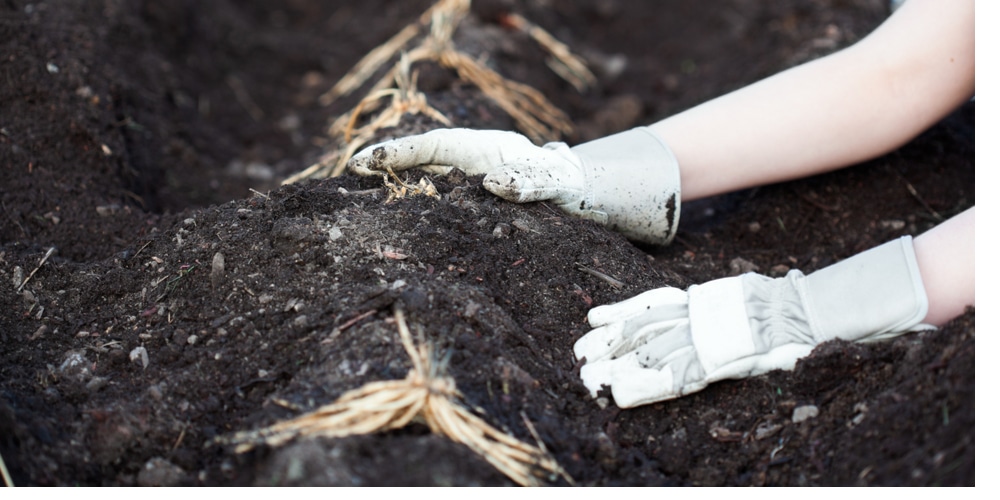Asparagus is one of the most beneficial and healthiest vegetables out there. Not only does it taste great, but it contains a wide range of nutrients that can boost your immune system and improve your cardiovascular and digestive health. The other great thing about asparagus is that it can be grown in home gardens. But when growing the plant, you need to understand asparagus growth stages so you’ll know what to expect.
Asparagus Growth Stages
Asparagus (Asparagus officinalis) is a perennial plant that typically grows for about three years. It produces tender stems that are delicious and healthy. Asparagus is often described as a gourmet vegetable, but it may be easier to grow than it first appears.
Asparagus grows well in a mild to warm climate and does well in USDA zones 4 to 8. If you want to plant asparagus, you should do it in the early spring season. This way, they will have enough time to grow and produce ferns by the summer months before starting their first production cycle during next year’s planting season.
Before you decide to grow asparagus, you’ll need to understand its growth stages. The stages of asparagus plant growth include:
Seed Germination or propagation
Asparagus seeds require a lot of soil warmth, adequate moisture, and several weeks before they germinate. Many gardeners use propagation methods rather than planting seed, which requires patience and adds about a year to the process before the plants grow enough to be harvested.
You can buy one-year-old crowns which can be planted in your vegetable patch. Growing from crowns will significantly speed up the growing process. These crowns are about a year old and have been grown from seed by commercial growers or plant nurseries. When buying crowns, choose a reputable selling that sells disease-free crowns.
Crowns are small and look brown; once planted, they will quickly sprout, and you’ll find that they are fast-growing.
Asparagus Growth Stages: Young Plants
About six months after planting asparagus seeds, you will notice their shoots reaching about 4 inches tall. They tend to be whitish-green in color during this stage of growth.
If you’ve planted an asparagus crown, the plants can grow small spears. But they are still somewhat vulnerable at this stage. During this time, you should try protecting them from strong winds and keep the soil moist as possible. Don’t harvest these first spears, or you may kill the plant, wait until it’s well established and has grown more spears the following year before harvesting.
Asparagus Growth Stages: 2-Year-Old Plants
During the second year of growth, asparagus plants will become mature and harvestable. They will produce spears, and you’ll be able to use these spears for between 4 and 6 weeks.
Asparagus Growth Stages: 3-Year-Old Plants
After the third year of plantation, asparagus plants can produce an average of 15 to 20 spears per plant. These plants will be mature and produce edible spears throughout the summer.
Asparagus Growth Stages: Older plants
In the following years, the asparagus plants may stop producing spears, but they continue to produce ferns during summer months which can be harvested for mulching or composting.
Asparagus seasonal growth habits
It’s also worth noting that asparagus goes through seasonal changes.
Spring
Asparagus can be planted in the early spring. Established plants will also begin to put on new growth in the spring when the weather starts to get warmer, and the risk of frost has passed.
Summer
In the summer months, as the weather gets warmer, growth will speed up. The plants will get tall and ferny and will also produce spears that can be harvested and eaten.
Fall
In the fall, growth stops, and the plant’s energy is used to grow more roots.
Winter
By the winter months, growth will have stopped. Asparagus becomes dormant in the winter and will turn brown. It will also feel dry. Don’t worry, your plant hasn’t died. You can cut your plant back to the ground. It will start to regrow the following spring, and the cycle will begin again.
Asparagus Growth Stages: Conclusion
As you can see, the growth stages of asparagus are relatively easy to understand. While it is a perennial plant that has great health benefits like its antioxidants and fiber content, growing them in home gardens requires patience and effort.

